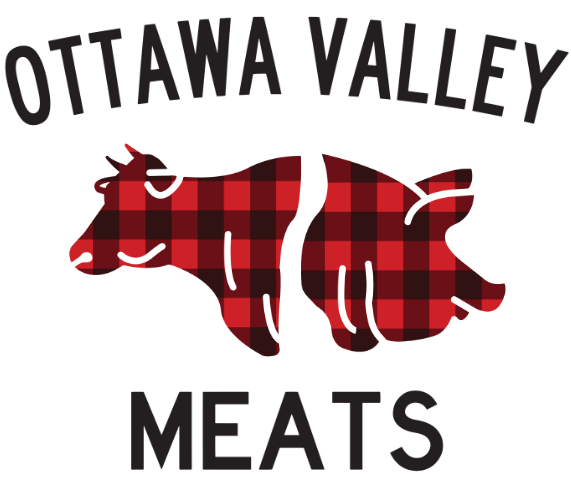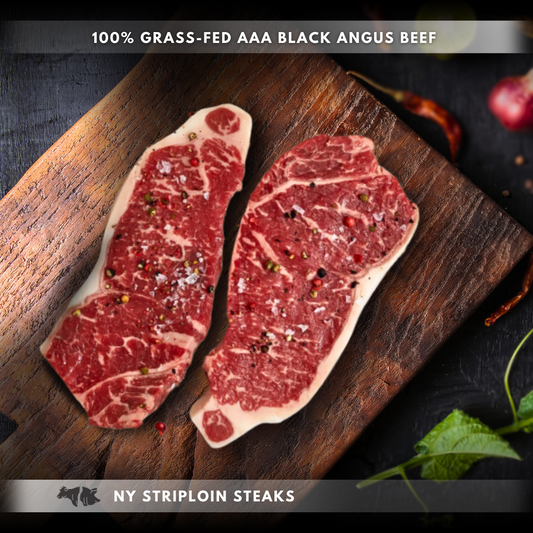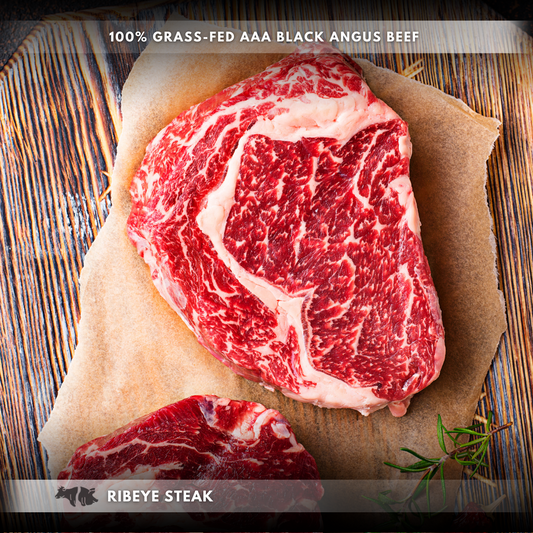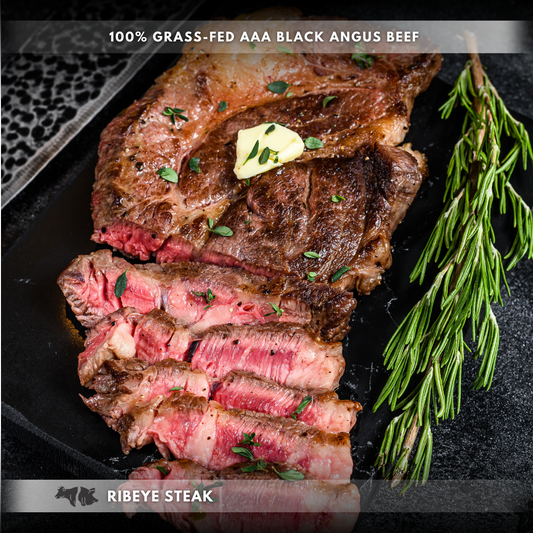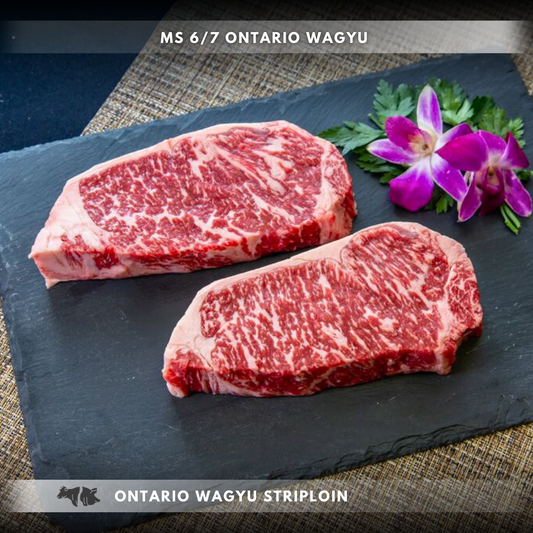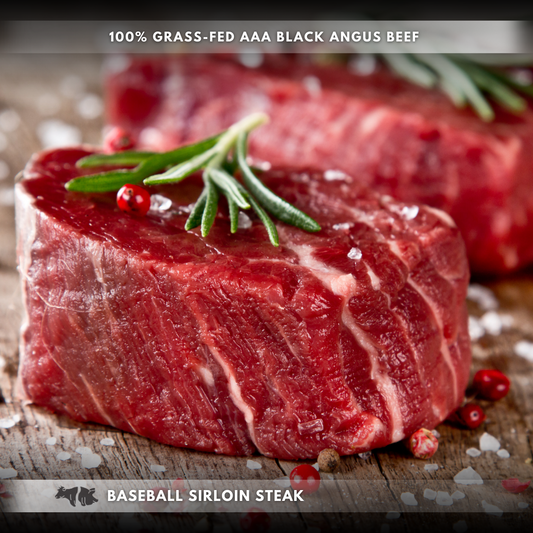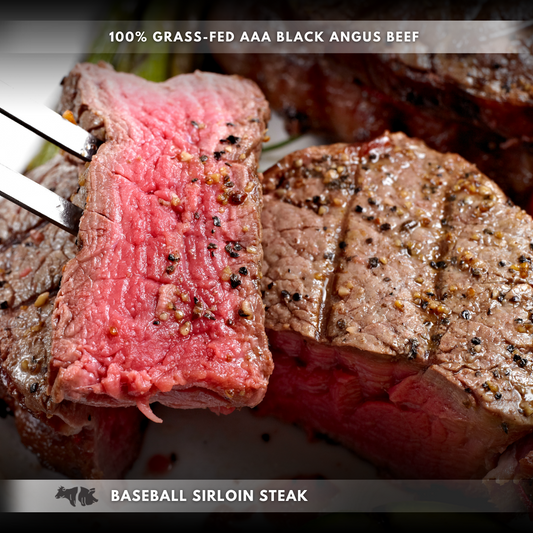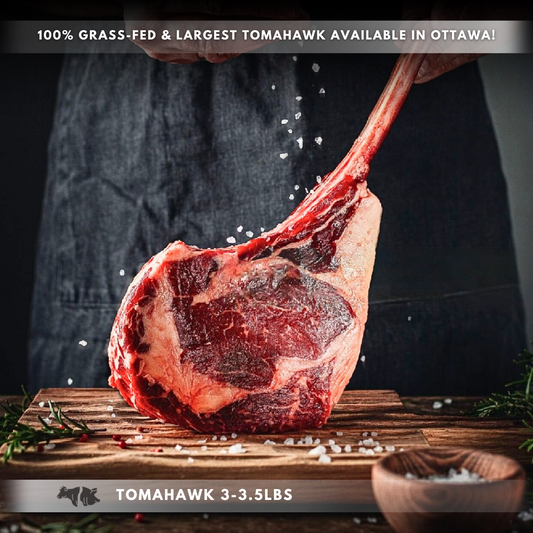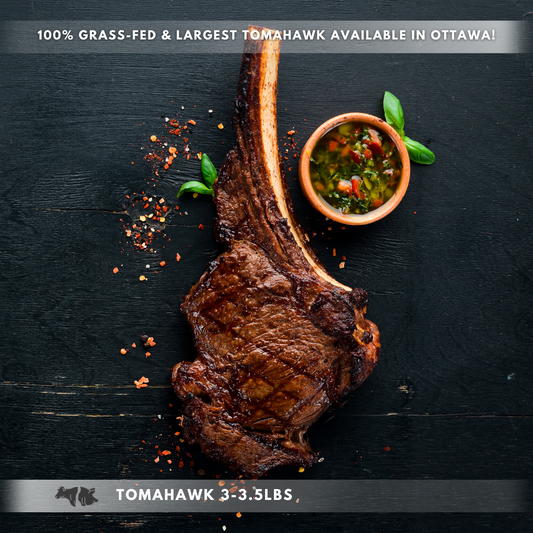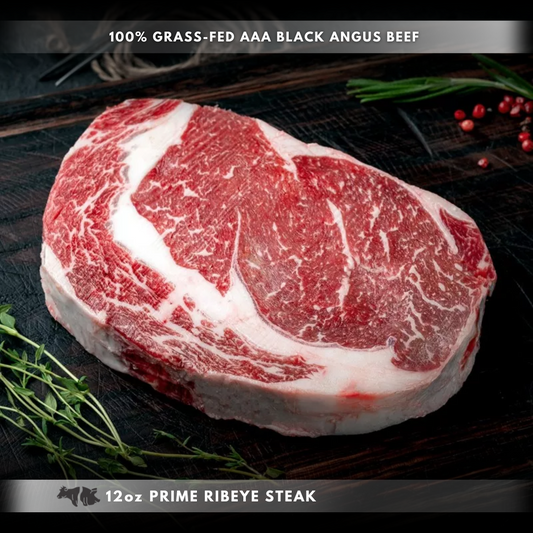Bison vs. Beef: What’s the Difference?

Beef comes from cattle, whereas bison meat comes from bison, also known as buffalo or American buffalo. Though both have much in common, they also differ in many aspects.
This article tells you everything you need to know about the similarities and differences between bison and beef.
Comparable nutrient profiles
Lean cuts of bison and beef are good sources of protein and many nutrients like iron and zinc. Therefore, eating either in moderation can be part of a healthy diet.
Here are the nutritional differences between 4 ounces (113 grams) of bison and beef.
| Bison | Beef | |
| Calories | 166 | 224 |
| Protein | 24 grams | 22 grams |
| Fat | 8 grams | 14 grams |
| Carbs | Less than 1 gram | 0 grams |
| Saturated fat | 3 grams | 6 grams |
| Iron | 13% of the Daily Value (DV) | 12.5% of the DV |
| Zinc | 35% of the DV | 46% of the DV |
As you can see, beef is higher in calories and fat than bison.
Both are excellent sources of iron and zinc and provide good amounts of phosphorous, niacin, selenium, and vitamins B6 and B12.
What’s more, like all meats, bison and beef are composed mainly of high-quality protein, providing all nine essential amino acids your body needs for growth and maintenance.
Similar taste
Bison and beef have a similar flavor. In fact, it may be difficult to taste the difference in many recipes.
Nevertheless, the taste and texture may differ depending on the cut of meat and preparation method. What’s more, some people claim that bison has a richer flavor and smoother mouthfeel.
Due to their versatility and comparable taste profiles, bison and beef can be prepared similarly. Both can be eaten as a steak, or the ground meat can be used in dishes like burgers, meatballs, chili, and tacos.
Share the same intake recommendations
Many studies suggest that you reduce your intake of red meat, but recommendations on how much you can safely eat differ greatly.
The American Institute for Cancer Research recommends limiting your red meat intake to no more than 18 ounces (510 grams) per week. This includes meats like bison, beef, pork, and lamb.
On the other hand, a global report on healthy and sustainable diets suggests that you limit your red meat intake even further to about 3.5 ounces (100 grams) per week.
According to some research, eating a lot of red meat, especially processed varieties, may increase your risk of certain cancers, including colorectal cancer, which is why it’s important to consume it in moderation.
Although these two red meats seem quite similar, several differences are worth noting.
Bison is leaner and lower in calories
Bison is leaner than beef and may be a healthier choice if you’re looking to reduce your calorie or fat intake.
It has nearly 25% fewer calories than beef and is lower in total and saturated fat.
Additionally, due to its lower fat content, bison has finer fat marbling, yielding softer and more tender meat.
Farming methods
One of the most significant differences between bison meat and beef may be the diets of the bison and cattle from which they come.
In fact, this difference may also explain some of the nutritional variations between these two meats.
Bison is more likely to be grass-fed, as — unlike most cattle — they’re usually pasture-raised. Thus, eating grass-fed bison may be a more sustainable choice.
On the other hand, beef is more likely to be grain-fed and produced in factory farms. Due to eating a diet composed mainly of corn or soy, the cattle grow at a quicker rate.
That said, as bison meat grows in popularity, some farmers are beginning to feed their buffalo grain to keep up with production demands.
Still, it’s possible to find sustainably raised, grass-fed beef and bison in grocery stores and butcher shops.
Regardless, both grain-fed and grass-fed beef and bison can be part of a healthy diet. However, in the United States, grass-fed meats tend to be more expensive, and some people may not find it worth the extra cost.
Though similar in taste, beef and bison come from different animals.
Their most important difference may be their effect on the environment.
Plus, bison is lower in calories and fat, potentially making it a better choice if you’re looking for a slightly healthier option.
Nonetheless, both types of meat are highly nutritious and can be part of a healthy diet.
Products: Lean Ground Bison, Lean Ground Beef
Source: Healthline
